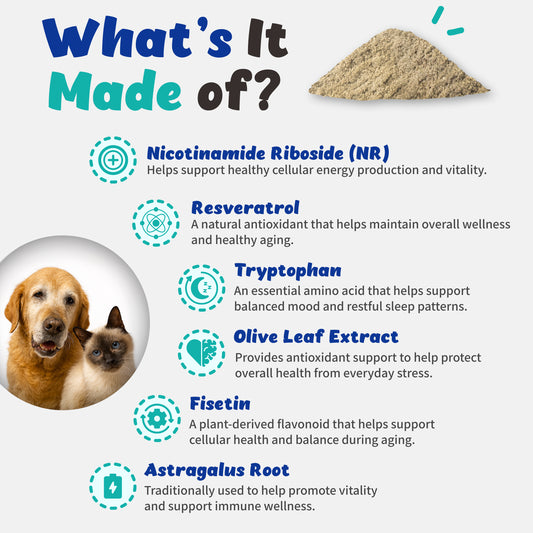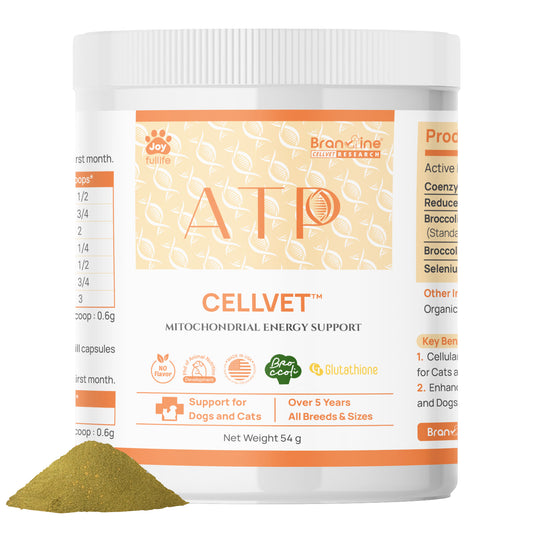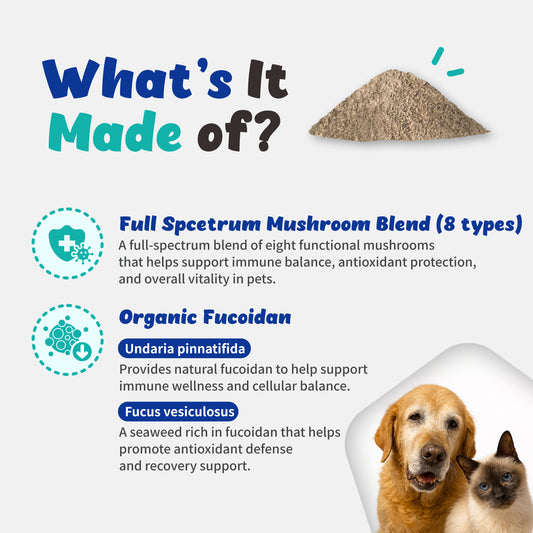Steps to minimize risk of your pets respiratory disease
First of all, it would be helpful if you read this article to know how antibiotics and antifungals differ. Bacteria are killed with antibiotics or antibacterial. And fungi are killed with antifungals.
Because fungal infection is a rare disease, it can be mistaken for a common bacterial infection or tumor, but when a fungus is identified in a tissue sample, it is diagnosed as a fungal infection. Since fungal infection cannot be identified without a biopsy and culture test, fungal testing is generally performed when there is no response to antibiotic drug treatment.
I would like to inform you about the results of antibiotic prescription and antifungal prescription in animal tests.

This study is really meaningful in that it proved that Wallemia mellicola, a fungus present in the stomach of mammals, a component of house dust, and a cause of food spoilage, causes allergic airway disease.

A shows that Wallemia mellicola, which worsens the airway, is rather increased when treated with fluconazole (antifungal drug).
C. Antibiotic treatment had a devastating effect on the total commensal bacterial community in the gut, but the number of gut bacteria returned to previous levels within 8 days after cessation of antibiotics.
D. A single gavage injection into mice with antibiotic-depleted bacterial microflora resulted in a sustained and substantial increase in Wallemia populations above baseline.
To add a little more explanation, when antifungal drugs are prescribed, Wallemia mellicola, which adversely affects respiratory diseases, is increased even though the overall fungi are reduced.
In addition, antibiotics are only effective when eaten, and once you stop taking them, your gut bacteria return to their original state.Mice with an unaltered gut microbiome resist population expansion when gavaged with W. mellicola.
Temporary antibiotic depletion of the gut microbiome creates a window of opportunity for expansion of W. mellicola after delivery of live spores into the gastrointestinal tract.
Therefore, this study observed that the house dust mold (Wallemia mellicola) can expand in the intestines of mice even after being treated with antibiotics.
After this fungal population expands, mice are prone to asthma-like inflammation of the lungs when exposed to allergens.
Since Wallemia mellicola is not present in the lungs of mammals, but only in the gastrointestinal tract, the question of whether an increase in this fungus causes exacerbation of lung-related respiratory disease can be explained by the gut-obstruction theory.
Bacteria or commensal microorganisms can be recognized by the host immune system and alter the systemic immune response or be absorbed into the bloodstream to produce bioactive metabolites that have pharmacological effects on distant organ systems.
Thus, commensal microbial composition in the gut may have distant effects on immune function in the lungs and other organ systems. This is the concept of the gut-lung axis.
In the case of antibiotics, even though they have side effects on respiratory diseases, it is a self-evident fact that they are inevitably taken to alleviate and improve certain diseases.
I would like to give you 4 tips on how to minimize the spread of Wallemia mellicola.
- Do not stop taking antibiotics in a short period of time, but gradually reduce the amount over a period of at least one month. You can choose between two ways to take it every day, but in smaller amounts or every other day.
- Probiotics are essential at the time of reducing antibiotics, and it is recommended to take food and nutrients that strengthen respiratory diseases.
- Ventilate the indoor air well to prevent pets from inhaling dust.
- Take frequent showers to minimize skin licking and scratching. I think this part is not talked about anywhere, so I'm going to introduce it a little more.

Source : FEMS Microiology ecology, 91, 2015 fiv139
It's a fungus that originally exists on the skin, but isn't there a problem? You may have doubts. When antibiotics are reduced, the total number of fungi in the stomach remains the same, but only the number of Wallemia mellicola explodes.
Therefore, it may be important to ensure that even small amounts of Wallemia mellicola present on the skin are not absorbed into the stomach.
The above may sound a bit unfamiliar, but let me give you a final summary.
- Wallemia mellicola, a house dust mite, exacerbates respiratory problems.
- When antibiotics are taken and then stopped, Wallemia mellicola increases explosively in the stomach.
- Wallemia mellicola does not exist in the lungs, but the explosively increased stomach bacteria move to the lungs and exacerbate respiratory diseases.
- The basis of this theory is the intestinal-restriction theory.
- We have delivered 4 tips to prevent the increase of Wallemia mellicola when taking antibiotics.
Branvine also has supplement for pet respiratory system health
Click here to see Respiratory Guardian for Dogs
Click here to see Respiratory Guardian for Cats


















